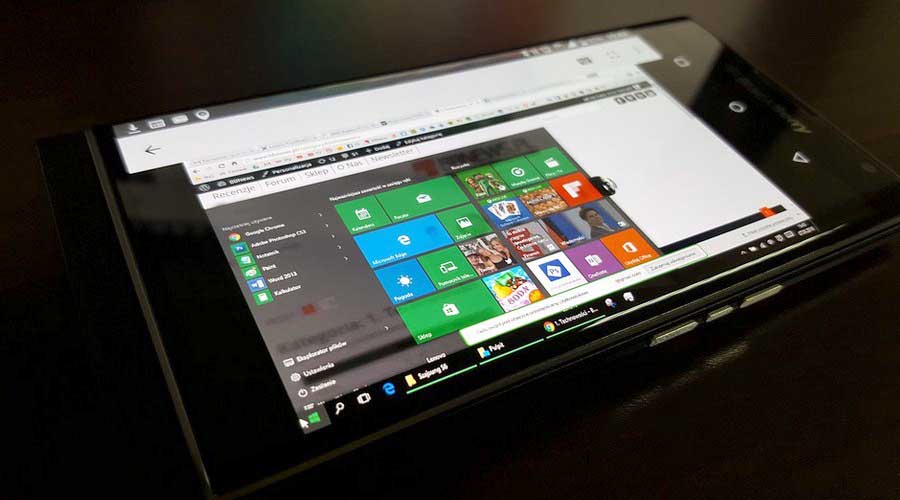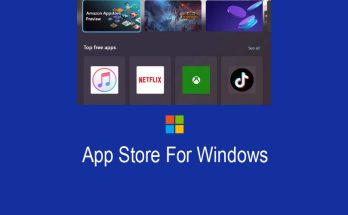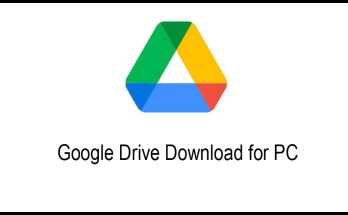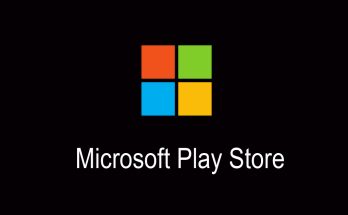M1 mac parallels is an excellent system to enjoy the performance. If you searching for parallels desktop for mac experience then this article is only for you. Parallels in principle virtually before Parallels Desktop 16. It was released last fall and before Apple shipped macOS Big Sur. Aside from the usual product updates, the big news this year was that Parallels was there at the launch of Apple’s M1 chipset, and I was really excited to see what that would look like.
You will learn detailed information about m1 mac parallels from here. Virtualization has been important to the Mac for a long time, in large part because of the lack of applications, a situation that is much less of a problem today. I used Connectix Virtual PC. Which was later bought by Microsoft, at the start of OS X almost 20 years ago before moving to more modern solutions. Like as VMWare Fusion and then Parallels Desktop.
Parallels desktop for mac. With every change in processor architecture, these things get even more interesting. In the past, this meant emulating Intel-based (x86) Windows on PowerPC-based Macs. In the near future, it will be Windows and probably Linux on Apple Silicon M1. Currently, It’s a little much limited. Let’s follow the details below.
M1 mac parallels Windows
M1 mac parallels Windows emerging as the hub for personal computing, we’re starting to see more solutions for running Windows apps on new platforms, many of which are mobile. Some are cloud-based, like Microsoft’s upcoming cloud PC offering. However, some are traditional customer-installed virtualization solutions, such as Parallels Desktop, which is now moving to Chrome OS alongside Mac.

Of course, both approaches have advantages and disadvantages. But one of the main advantages of Parallels, at least for those who use virtualization to solve the “last mile” problem of running one or a handful of critical Windows applications, is the Coherence feature. This allows you to run these Windows apps side-by-side on macOS as if they were native apps rather than in a desktop / operating system window visually isolated from the rest of the system. Consistency is one of the main reasons I chose Parallels over other Mac-based virtualization solutions (Chrome OS is also supposed to be in the future).
But there are plenty of other reasons why you might want to use a virtualization solution on any platform. In addition to running Windows productivity apps, developers use virtualization to test native and web apps on other platforms and browsers. They are used in assistance and support scenarios. And I am using virtualization to take screenshots of Windows while installing Windows 10 Field Guide.
Parallels Desktop for mac
Mac parallels desktop, Nonetheless, the M1-based Parallels Desktop for Mac Technical Preview is a first look at Parallels working to adapt to Apple’s new architecture. And that means it is not complete. In particular, you currently cannot use it to run x86 / x64 versions of Windows (or Linux or whatever). Instead, you can only run ARM-based virtual machines (VMs). Based on ARM.
Although this is an initial preview, everything works as expected as long as you are familiar with Parallels Desktop, and apart from the Windows Insider requirement, everything looks really neat. I want to thank both Apple for their high-quality M1 transition and Parallels for their own development. In any case, after adding the WOA virtual machine to Parallels and activating the Tech Preview (using the code Parallels provided during registration), Parallels will set up the environment and then boot with WOA for the first time. . The whole process only takes 5 minutes.
Parallels Windows virtual machine
You can also resize the Windows virtual machine window to your liking (like in Chrome OS) and run it in full-screen mode ditto. While I immediately dismiss any nonsense about a virtual version of WOA that runs faster than the PC maker’s native hardware, the performance is excellent and looks a lot like using Parallels with Windows on an Intel-based Mac.
Actually, I haven’t tried running x64 apps yet; I’ve actually only upgraded to the new Microsoft Edge so far but signed in with my Microsoft account to make some adjustments and the apps will install. today. Either way, it’s pretty impressive and already has a level of quality that I would describe as audience-ready. The only thing that stops it, and this is very important, is the ability to run x86 / x64 virtual machines and the software they contain. But that’s just one more piece of the puzzle for making Apple’s M1 transition work, and it’s clear that it’s a great solution, even at this early stage.
Parallels ARM virtual machine
M1 mac parallels, It’s a pretty small range of options, and I can only imagine the issues people would have if they tried to run an ARM-based version of Linux on Tech Preview right now. But what really interests us is of course Windows. And it turns out that there is a way to use Parallels Desktop on a Windows M1 based Mac – you can download an Insider Preview version of Windows 10 on ARM (WOA).
Windows 11 VirtualBox | How to install Windows 11 on VirtualBox
The Parallels, I am impressed with what I see here. Unlike Chrome OS, where you can only run Windows virtual machines in a single window, the M1-based version already supports advanced features like Coherence. This means that you can use the Mac normally and then run Windows apps which, like Mac apps, can be browsed and docked in the Dock as normal. It is something strong.
Finally about M1 mac parallels
That’s all about m1 mac parallels. No one should buy an M1 based Mac now to run a virtualized WOA. (Inside information creates wait times and has to be constantly updated first.) But neither should anyone buy a WOA-based PC. Getting an M1 based Mac is a much more viable option at the moment. The ability to run virtualized Windows applications on this system.






